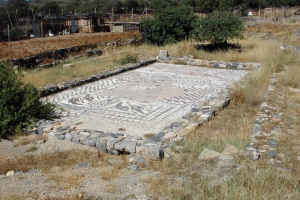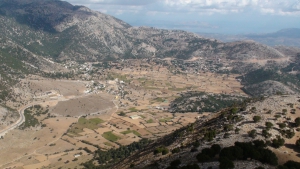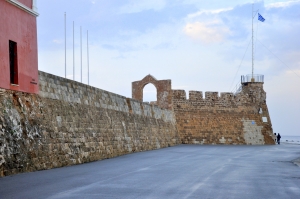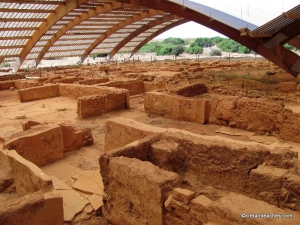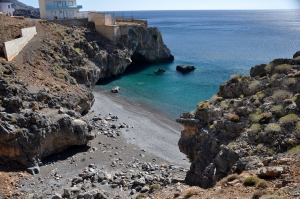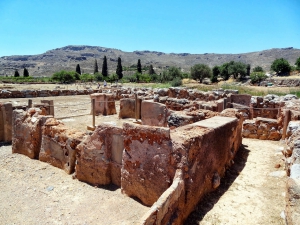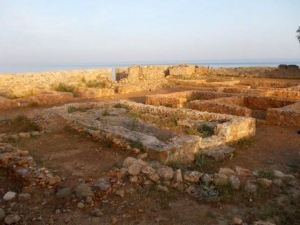Within short distance from Elounda, near the salt pans, we meet few remains of the ancient city Olous (most inside the sea) that was inhabited since the Minoan period. Olous was one of the hundred most important cities of ancient Crete with a maximum population of over 30,000 people.
The Plateau of Askifou is located 50km south of Chania, in one of the nicest and most authentic areas of Crete. The wild mountains around and the serenity of the valley, form a magnificent landscape all year round.
Ancient Lissos was the seaport of Elyros and was built in a small valley between Sougia and Paleochora. It flourished from the Hellenistic period up to the 9th century, when it was destroyed by the Saracens. It was famous for the Asclepion, where patients from all over the island arrived to be healed from the thermal baths.
On the west side of Chania harbor, the traveler can still visit Firkas fortress, still dominating a low hill and housing the modern Naval Museum of Crete. Firkas is a Turkish name and means division, as the fort housed the headquarters of the Turkish Division.
Ο αρχαιολογικός χώρος των Μαλίων βρίσκεται 3km ανατολικά των Μαλίων, δίπλα στον υδροβιότοπο της περιοχής και πολύ κοντά στη θάλασσα. Εδώ υπήρξε μια σημαντική μινωική πόλη και το τρίτο μεγαλύτερο σε μέγεθος μινωικό ανάκτορο, μετά της Κνωσού και της Φαιστού.
Voidomatis or Vouidomatos (i.e. ox’s eye) is located 62km south of Heraklion and 2.5km east of the hamlet Treis Ekklisies. The area is situated on the southern slopes of Asterousia Mounts. The impressive gorge of Mesosfini with towering walls and wild cliffs, a very common landscape for Asterousia, stops in Voidomatis.
Zakros is located in a remote area of eastern Crete, 45km southeast of Sitia. Communication with the Mid East was faster from here during the Minoan Age, thus the Minoans built here the administrative center of Eastern Crete, with an important port. The findings are very rich (sheets of gold, ivory, jewelry, pottery, etc.) and prove the close relationship of the city with the ports of Cyprus, Egypt and the Middle East.
The fortresses built by the Venetians along the south shores of Crete were very few, perhaps because of the lack of ports and bays. One of them, however, was the fort of Selino (in the site of modern Paleochora). This fortress was built around the neck of a protrusion of land into the sea, so as to support the domination of the Venetians in the area, which was inhabited by many rebels.





